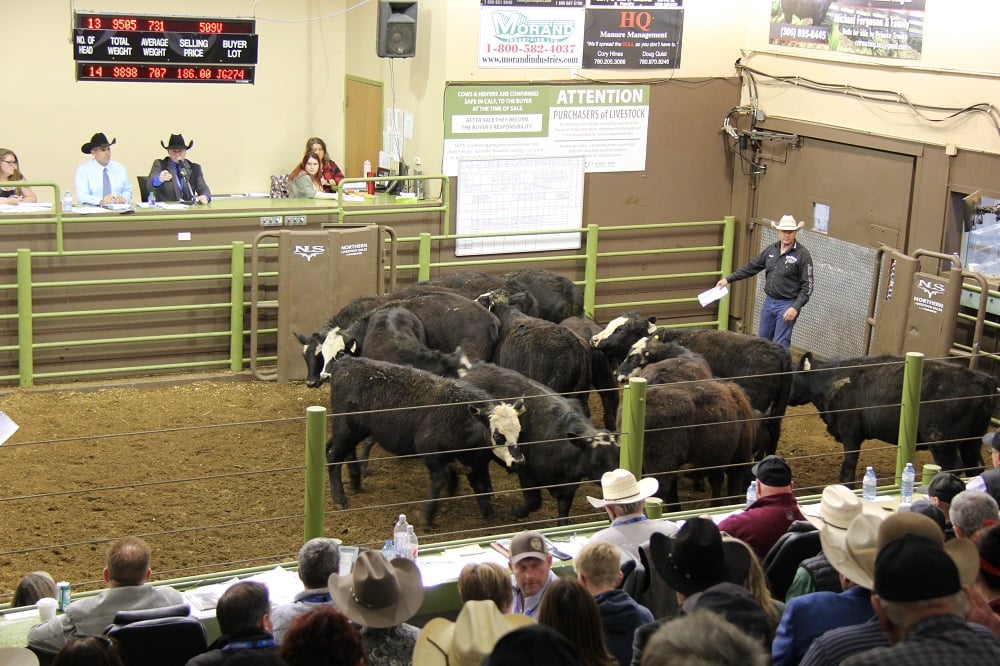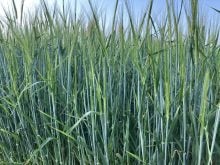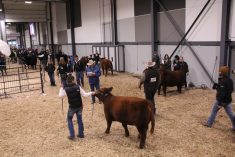Fed cattle
Impressive summer slaughter rates coupled with strong wholesale demand have moved fed prices higher after weeks of a steady trading range. The fed steer price in Alberta in mid-August was $136.92/ cwt, which was a jump of $2.81/cwt from the previous week. Cash-to-cash basis is narrow at -$1.47/cwt, which compares to -$3.39/cwt a year ago and the five-year average of -$6.18/cwt for the same week. Although front-end supply remains larger given the backlog created earlier in the spring, many weekly kill totals through- out the summer have outpaced year-ago slaughter rates.
Read Also

Cattle Market Summary
Break-evens, cow and calf prices, plus market summaries courtesy of Canfax and Beef Farmers of Ontario. Cost of Production September…
Carcass weights coming in lower than last year is also positive. The most recent weekly steer carcass weight was 904 lbs., which was 10 pounds lighter than the previous week and three pounds lighter than the same week in 2019.
Exports of live fed cattle for slaughter, including cows, are up eight per cent from a year ago, totalling 297,284 head. While recent weeks have seen increases in domestic slaughter numbers, the total fed steer slaughter to date for 2020 is still down four per cent at 934,361 head and fed heifer numbers are down five per cent at 537,682 head.
Alberta and Saskatchewan cattle-on- feed inventories continue to be larger than year-ago levels. The August 1 cattle-on- feed total was 831,854 head, which is four per cent larger than 2019 but also the largest August 1 on-feed in 19 years.
Deb’s outlook for fed cattle: Consistently lower year-over-year placement numbers in early 2020 may create a gap so packers can work through the COVID-19 backlog in the near term. Beef demand remains strong and basis levels narrow, but seasonal trends suggest increased supply, larger carcass weights and a slower-moving pipeline will develop late in the third quarter, pressuring prices towards fall lows.
Economic uncertainty remains. Changes in the pandemic and reopening strategies will be factors in the fed market.
Feeder cattle
Growing interest in feeders coming off grass has helped strengthen yearling prices in recent weeks. The heavier 850-lb. steers in Alberta in mid-August average $186.36/ cwt, which is still down $1.67/cwt. However, stronger demand over the past two weeks has been seen in the 700-lb. to 800-lb. range. Supported by strong spring live cattle futures, the 750-lb. feeder steer price reached a new annual high at mid-August, trading at $176.70/cwt, which was nearly $5/cwt higher than the same week in 2019.
Good pasture conditions throughout much of the summer have limited the number of calves at auction markets to date. However, a recent heat wave across the Prairies will cause pastures to deteriorate quickly and may result in increased feeder movement as we move into September. Over the last few weeks the light volume of calves that traded felt the pressure of the increased value in the Canadian dollar as buyers look more enthusiastically at the yearlings coming off grass. That said, while prices have fallen $12/cwt since the middle of July, the mid-August 550-lb. steer price is more than $2.10/cwt higher than the same week in 2019. The current average 550-lb. steer price in Alberta at mid-August was $216.63/cwt. Feeder cattle exports to the U.S. are down 50 per cent from a year ago, with a total 76,810 exported as of August 1.
Deb’s outlook for feeder cattle: As the world struggles with pandemic unknowns, uncertainties and caution within the feeder market remain as we look towards the fall run.
Feedlot losses incurred in recent months will affect eagerness to fill pens. However, strong deferred live cattle futures and lower cost of gain leave room for risk management opportunities, which will support calves this fall. Expect seasonal trends to hold true and pressure prices lower as calves are sold. How low prices will go and where supports will fall remain unclear. Recent forward sales with delivery into early fall suggest optimism in a year similar to last. However, remain cautious.
Non-fed cattle
Cull cow prices have remained steady throughout much of the summer. Solid demand for trim and grinding meat has supported the market while volumes have been lighter due to good pasture conditions not forcing sales. The D1,2 cow aver- age price in mid-August was $89.50/cwt, which is $2.50/cwt lower than the same week in August 2019. Cow slaughter volumes have been lower through the sum- mer, leaving more room for backlogged fed cattle, while moisture across the Prairies has pastures in good condition and cows still out to grass. Cow slaughter for 2020 is currently down 21 per cent from a year ago at 243,416 head.
Butcher bull prices on light volumes have also been strong. Holding steady for weeks near $120/cwt, the current price is over $12/cwt above the same week in 2019.
Exports are down seven per cent to 22,135 head. Domestic slaughter numbers have changed even more from a year ago, down 33 per cent with a total to date of just 5,889 head.
Deb’s outlook for non-feeder cattle: In the near term, as families try to regain a normal fall schedule, demand will remain strong and support non- fed prices. Seasonally non-fed cattle will be pressured as we move through the fall run and numbers available grow. D1,2 cows are trading just under the U.S. canner cow market, which will set an export floor for Canadian cows.
While cow numbers will grow as we move through the third and into the fourth quarter, volumes may be more manageable this year as many producers have ample winter feed stocks and fewer head.
















